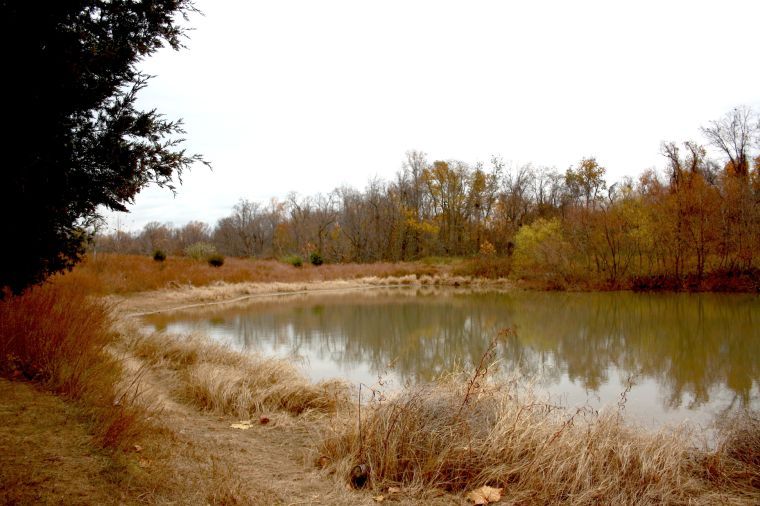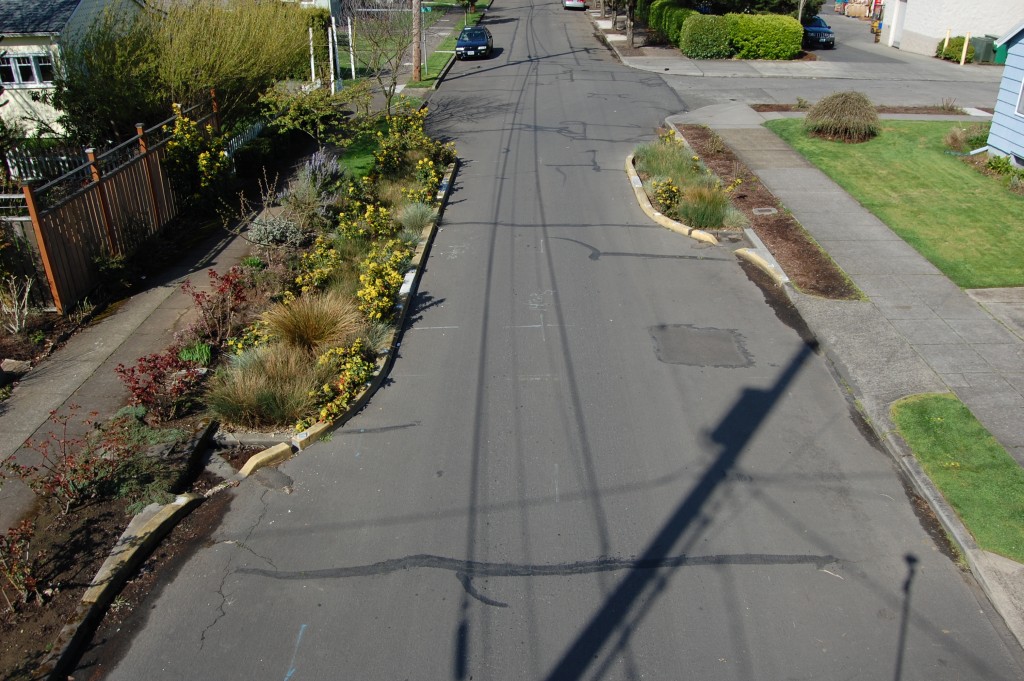Leigh family preserves a piece of Betterton
BETTERTON — Rob Leigh thinks often about his grandmother, Lillie Leigh, and the walks they took together when he was a child. They would walk from the Leigh house along the beach in one direction and return through the woods. “I think about that fairly often — the walks we used to have and the help grandparents can be to their grandchildren,” he said. Lillie Leigh would tell her grandchildren, “You’re worth a waterfront farm.” With that phrase, Rob Leigh said, Lillie Leigh put the conservation bug in the ear of her grandchildren. They put value in that property, but Rob Leigh never dreamed he would own it. Years later, his sister would introduce him to his future wife, Linda, on that beach. In the early 1970s, a developer asked Betterton to annex the farm property adjacent to the Leigh family home. Rob and Linda Leigh opposed the development, which would have included a golf course and about 200 houses. The development never came to fruition, and the farm was auctioned in 1997. Rob and Linda Leigh bought the property with the encouragement of the extended Leigh family, in the hopes of preventing another developer from building something not in line with the Leighs’ vision of Betterton. The Leighs immediately evaluated the property, which has been farmed since the 17th century, Rob Leigh said. They worked with Kent County Soil Conservation and the Department of Natural Resources. They put in five waterways to help control erosion, restored a 1-acre pond, planted about 1,800 trees to help absorb runoff, and planted some warm season grasses. In December, the Leighs placed on the property a conservation easement held by Eastern Shore Land Conservancy and Maryland Environmental Trust. “We go up there as a family, and we camp on the farm,” Rob Leigh said. “We do a lot of hiking and fishing,









